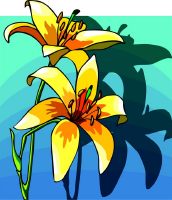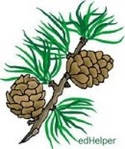By Ekaterina Zhdanova-Redman

|
How Plants Reproduce
By Ekaterina Zhdanova-Redman |

|
 1 Spring is a wonderful time of year. Flowers are everywhere. Blooming trees, bushes, and plants are beautiful. The air is filled with their sweet fragrances. Bees and butterflies fly from one bright bloom to another. Why do they do that?
1 Spring is a wonderful time of year. Flowers are everywhere. Blooming trees, bushes, and plants are beautiful. The air is filled with their sweet fragrances. Bees and butterflies fly from one bright bloom to another. Why do they do that? |
Create Weekly Reading Books
Prepare for an entire week at once! |
| Leave your feedback on How Plants Reproduce (use this link if you found an error in the story) |
 |
Plants Worksheets | edHelper.com
|
 |
Science
|